Graves of The Reno Gang
The lynching and burial site of America's first train robbers.
On a clear, bright day in Seymour, Indiana, you can see pretty far into the past. Once a prominent railway hub during and just after the Civil War, rusted and abandoned train tracks radiate from the town like a spiderweb - well on their way to being reclaimed by nature, but still hinting at the historic significance of this sleepy pastoral hamlet. It was here that America’s first organized train robbery took place, and here that justice - if you’d like to call it that - was finally brought to the guilty parties.
Nowadays, the story begins with an ending, three humble tombstones embedded in the topsoil at the center of Seymour’s historic City Cemetery, surrounded by a decorative fence and marked with a commemorative plaque as though a town hero lies within. Upon further examination, though, visitors find the opposite. The plaque reads:
“Frank, William and Simeon Reno, leaders of the infamous Reno gang that committed the world’s first train robbery, at Seymour, October 6, 1866, were hanged by vigilantes in the New Albany jail December 12, 1868, and interred here December 15, 1868.”
Just beyond the plaque lie the Reno tombstones themselves, and just beneath them, one trusts, the Reno bodies themselves. Although the memorial tells a simple story, the full tale is full of twists, turns and convoluted reversals.
Trains were robbed during the Civil War, but almost always as part of a larger military objective. It was rare at the time for civilians to organize themselves into functioning gangs, and unheard of for them to rob a train for personal or financial gain.
The Reno Gang changed all that. Led by Frank Reno and his two brothers, their short-lived exploits at the tail end of the Civil War would serve as inspiration for copycat gangs all over the United States for decades to come. After a series of small-time escapades, the Reno Gang orchestrated the “world’s first” train robbery in 1866 - a truly daring spectacle that captured headlines and spread through the miscreant world like wildfire. Two of the gang - but none of the Reno brothers - were arrested, but no case could be made after the only witness willing to testify was shot and killed.
Over the next two years, the Reno Gang pulled off three more train robberies, including one in Marshfield, Indiana said to have been worth $96,000, grabbing national headlines. The result was a groundswell of vigilante sentiment in the Indiana countryside, and in 1868 a train carrying three members of the Reno Gang was stopped by a mob of vigilantes as it passed, ironically but not unexpectedly through Seymour, Indiana. The men were hung on the spot, and buried in Seymour.
The Reno brothers themselves were captured later that year and sent to a highly secured prison in New Albany, Indiana, out of fear of another vigilante attack, which swiftly came. Nearly 100 vigilantes thought to be a consortium of the Jackson County Vigilance Committee - the Seymour mob that lynched the first members of the gang - and the Scarlet Mask Society (a much larger vigilante group) descended on the prison and, after attacking the sheriff and guards, broke into the Reno brothers’ cell and lynched them immediately.
The story of the Reno Gang ended there, but their legend had already been established, and acted as a spark for both organized gangs and vigilante groups across the country. In the ensuing years, word of their exploits almost single-handedly created the atmosphere of greed and lawlessness now known as the Wild West.
As for the Reno brothers, their bodies were buried in Seymour - a town which had no relation to the brothers other than being the site of their first major crime - and a nearby area bears the ominous name of Hangman Crossing to this day.
Know Before You Go
Community Contributors
Added by
Edited by
The Atlas Obscura Podcast is Back!






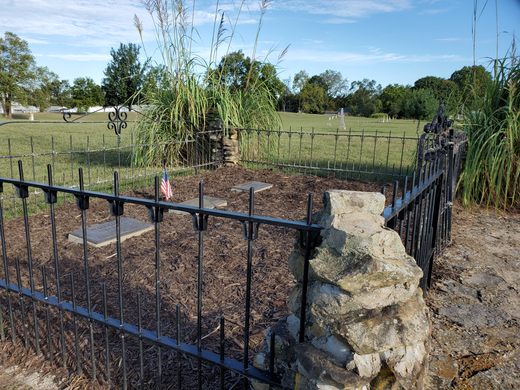
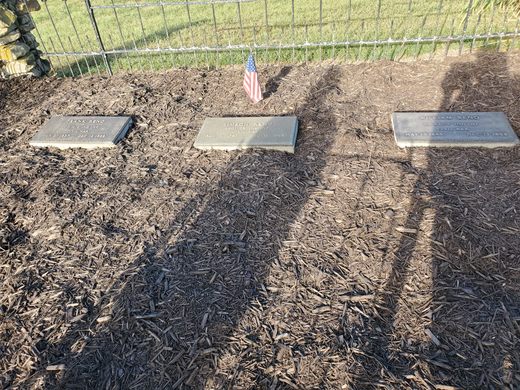











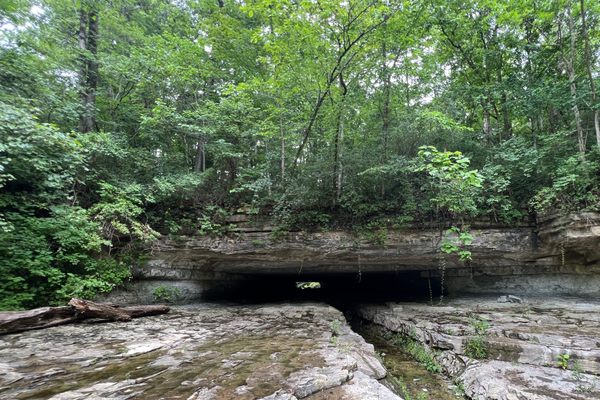
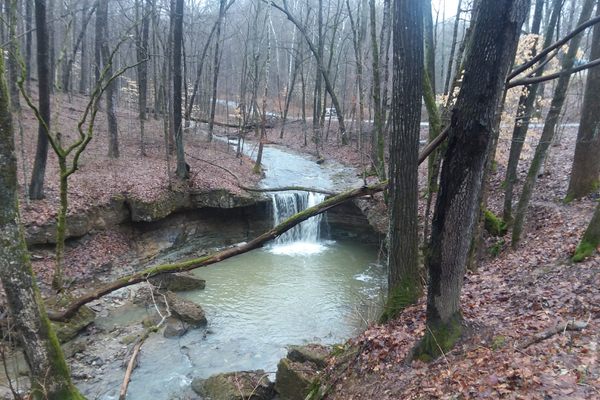
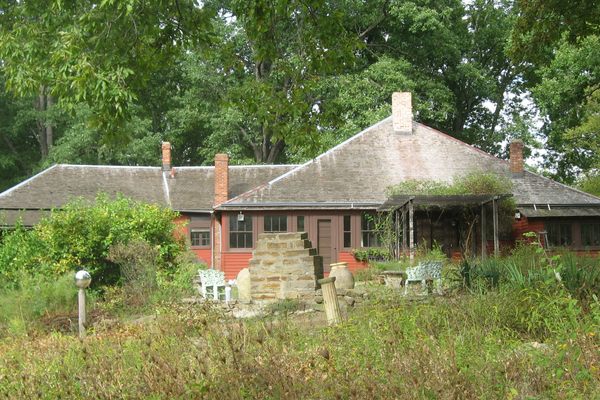


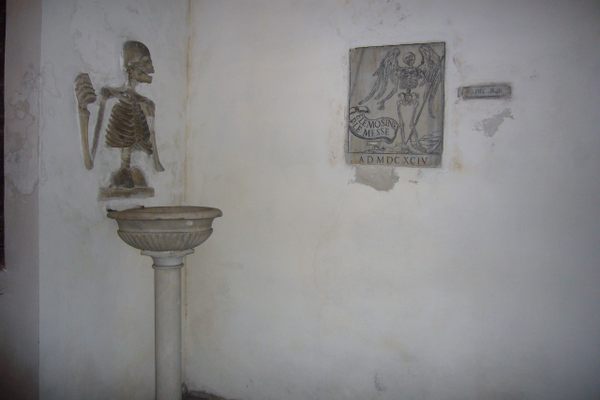
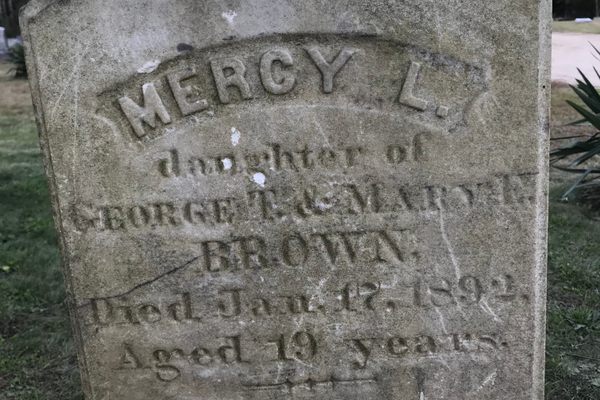

Follow us on Twitter to get the latest on the world's hidden wonders.
Like us on Facebook to get the latest on the world's hidden wonders.
Follow us on Twitter Like us on Facebook